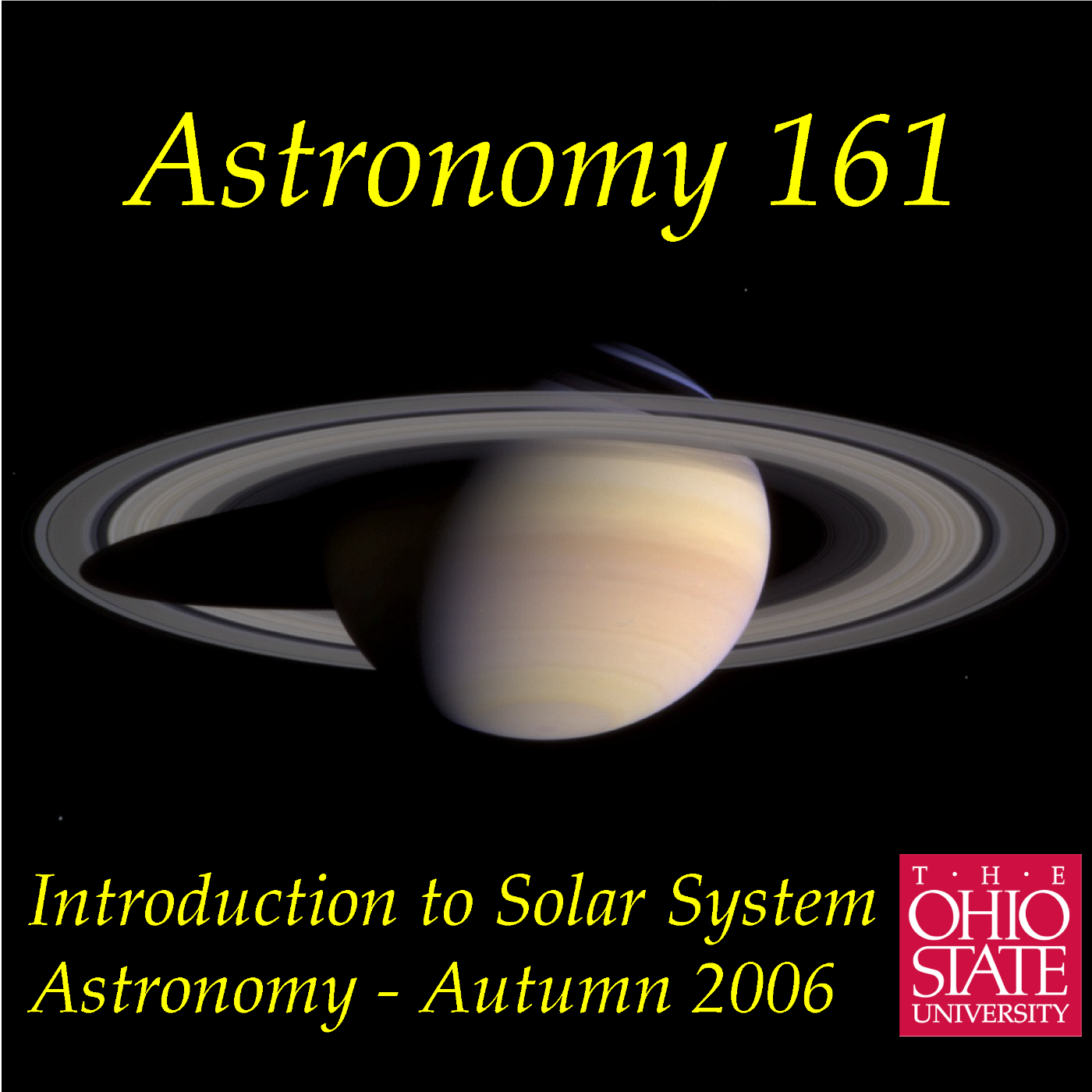Lecture 20: Tides

Why are there two high tides a day? This lecture examines another of\nthe consequences of gravity, the twice-daily tides raised on the Earth\nby the Moon. Tides are a consequence of differences in the gravity\nforce of the Moon from one side to the other of the Earth (stronger on\nthe side nearest the Moon, weaker on the side farthest from the Moon).\nThe Sun raises tides on the Earth as well, about half as strong as Moon\ntides, giving rise to the effect of Spring and Neap tides that strongly\ncorrelate with Lunar Phase. We also look at body tides raised on the\nMoon by the Earth, and how that has led to Tidal Locking of the Moon's\nrotation, which is why the Moon always keeps the same face towards the\nEarth. We then explore the combined effects of tidal braking of the\nEarth, which slows the Earth's rotation and increases the length of the\nday by about 23 milliseconds per century, and causes the steady\nRecession of the Moon, which moves 3.8cm away from Earth every year.\nTidal effects are extremely important to understanding the Dynamical\nEvolution of many bodies in the Solar System, as we'll see time and\nagain in the second half of the class. Recorded 2006 Oct 18 in 100\nStillman Hall on the Columbus campus of The Ohio State University.